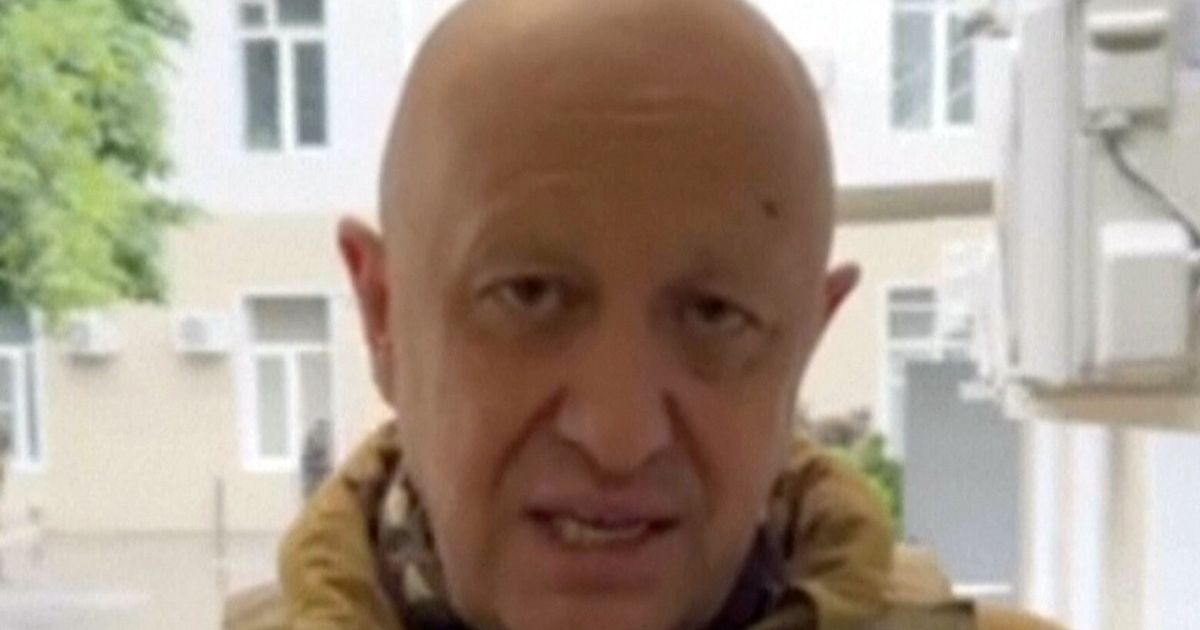Video shared online by people in Sanaa, Yemen’s capital, included the sound of explosions and at least one blast was seen lighting up the night sky. Residents described the blasts as happening around buildings associated with the Yemeni presidential compound. The Houthi-controlled state-run news agency, SABA, reported strikes in al-Bayda, Dhamar, Hajjah, Hodeida, Taiz and Sanaa provinces.
On Friday the US destroyer Laboon and F/A-18s from the Eisenhower shot down seven drones fired from Houthi-controlled areas of Yemen into the Red Sea, the destroyer Carney shot down a drone fired in the Gulf of Aden and US forces took out four more drones that were prepared to launch.
Hours before the latest joint operation, the US took another self-defence strike on a site in Yemen, destroying six anti-ship cruise missiles, as it has repeatedly when it has detected a missile or drone ready to launch.
The Houthis’ attacks have led shipping companies to reroute their vessels from the Red Sea, sending them around Africa through the Cape of Good Hope – a much longer, costlier and less efficient passage. The threats also have led the US and its allies to set up a joint mission where warships from participating nations provide a protective umbrella of air defence for ships as they travel the critical waterway that runs from the Suez Canal down to the Bab el-Mandeb Strait.
During normal operations about 400 commercial vessels transit the southern Red Sea at any given time.
The US has blamed the Jordan attack on the Islamic Resistance in Iraq, a coalition of Iranian-backed militias. Iran has tried to distance itself from the drone strike, saying the militias act independently of its direction.
Hussein al-Mosawi, spokesperson for Harakat al-Nujaba, one of the main Iranian-backed militias in Iraq, condemned the earlier US strike in Iraq and said Washington “must understand that every action elicits a reaction”. He also struck a more conciliatory tone. “We do not wish to escalate or widen regional tensions.”
Mosawi said the targeted sites in Iraq were mainly “devoid of fighters and military personnel at the time of the attack.”
Rami Abdurrahman, who heads the Britain-based Syrian Observatory for Human Rights, said that 23 people, all rank-and-file fighters, were killed. Iraqi government spokesperson Bassim al-Awadi said in a statement 16 people, including civilians, were killed and there was “significant damage” to homes and private properties.
AP
#Australia #supports #strikes #Yemens #Houthis







